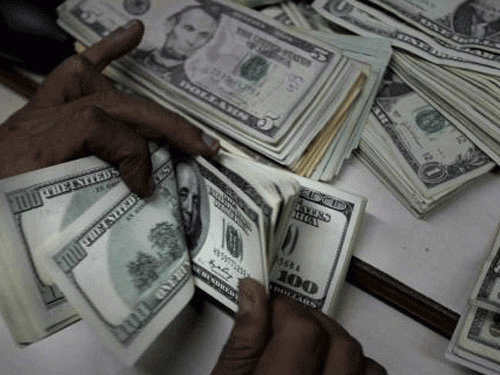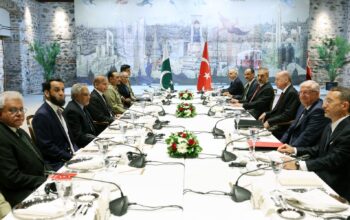By Staff Reporter
KARACHI: The current account deficit shrank to almost zero in September, as a steep fall in imports and a slight increase in remittances offset weak exports.
The deficit narrowed to $8 million in September, down 95 percent from $164 million in August and 98 percent from $360 million a year earlier, according to data from the State Bank of Pakistan.
The deficit was lower than the market expectation of a surplus of $50 million.
The improvement in the current account balance was mainly driven by a 19 percent decline in imports to $3.98 billion in September, reflecting the government’s efforts to curb non-essential imports and ease pressure on the foreign exchange reserves. Imports of goods fell 24 percent to $12.46 billion in the first quarter of the fiscal year 2023-24, compared with $16.35 billion in the same period last year.
Workers’ remittances also rose 11 percent to $2.2 billion in September, helping to support the external account. Remittances dropped 20 percent to $6.33 billion in the first quarter, compared with $7.89 billion a year ago.
Exports, however, remained stagnant at $2.23 billion in September, as supply chain disruptions and energy prices hampered the export-oriented sectors. Exports of goods dipped 5 percent to $7.02 billion in the first quarter, compared with $7.38 billion in the same period last year.
The near-zero current account deficit in September brought the cumulative deficit for the first quarter to $947 million, down 58 percent from $2.26 billion a year ago. The current account deficit was equivalent to 1.1 percent of gross domestic product in the first quarter, compared with 2.6 percent a year ago.
The narrowing of the current account deficit is a positive sign for Pakistan’s economy, which is facing multiple challenges amid a weak rupee and rising inflation. The government has been trying to maintain macroeconomic stability and fiscal discipline under an IMF programme that resumed in July after a hiatus of almost a year.
However, the low level of imports also reflects the weak domestic demand and investment activity in the country, which could undermine the economic recovery and job creation.
The government has lifted most of the import restrictions that were imposed in July, but it has also adopted a strategy to keep imports aligned with exports and remittances.
The strategy aims to avoid draining out foreign exchange reserves, which stood at $7.7 billion as of October 15, enough to cover about two months of imports. The government is also hoping to receive more financing from multilateral and bilateral creditors, as well as foreign direct investment from Saudi Arabia and China.
The government is also planning to sell some state-owned entities, including RLNG-based power plants and Pakistan International Airlines, to raise funds and reduce losses.
Copyright © 2021 Independent Pakistan | All rights reserved




